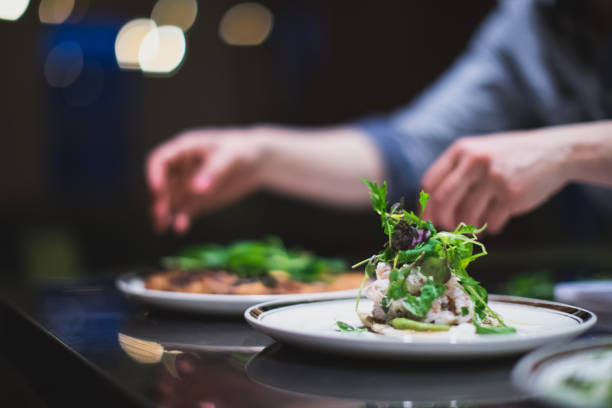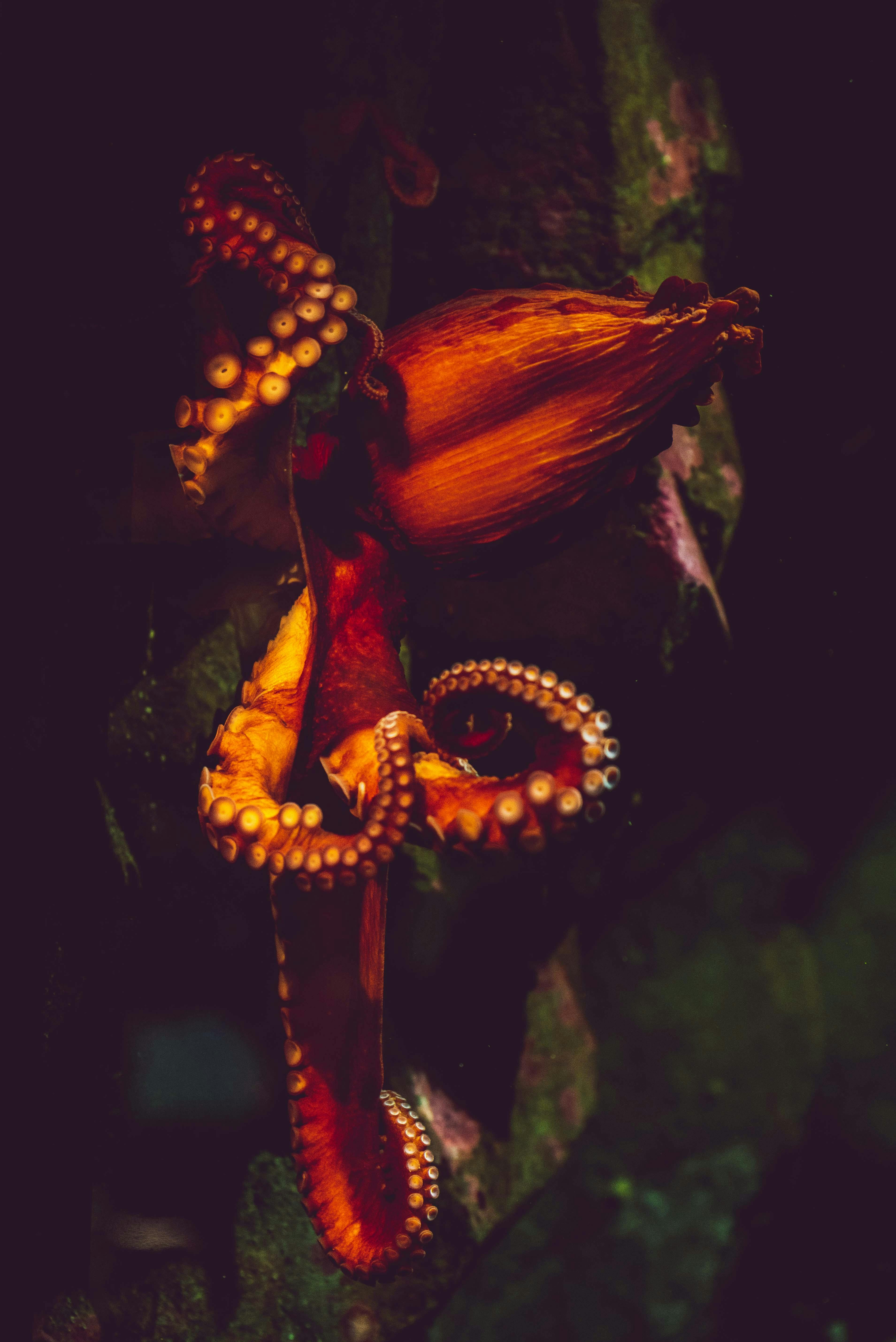Culinary Alchemy: Transforming Ordinary Ingredients into Extraordinary Dishes
Unveiling the secrets of kitchen wizardry, we delve into the art of culinary alchemy. Discover how to elevate everyday ingredients into gourmet creations, transforming humble pantry staples into dishes that dazzle the senses and ignite the imagination. From unexpected flavor pairings to innovative cooking techniques, this exploration of culinary magic will inspire you to see your kitchen in a whole new light.

Unlocking Flavors Through Unexpected Pairings
One of the most exciting aspects of culinary alchemy is the art of unexpected flavor pairings. By combining ingredients that may seem incompatible at first glance, chefs can create harmonious and unforgettable taste experiences. The secret lies in understanding flavor profiles and how different tastes interact with one another. For example, the sweetness of strawberries can be enhanced by a touch of black pepper, while dark chocolate finds a surprising companion in olive oil. These unconventional pairings challenge our taste buds and open up new dimensions of flavor. Experimenting with contrasting textures, such as crispy and creamy elements, can further elevate a dish. By thinking outside the box and trusting your palate, you can unlock a world of exciting flavor combinations that will surprise and delight your guests.
Transformative Cooking Techniques
Mastering transformative cooking techniques is essential for any aspiring culinary alchemist. These methods go beyond basic cooking and allow you to dramatically alter the taste, texture, and appearance of ingredients. Sous vide cooking, for instance, uses precise temperature control to achieve perfect doneness and infuse flavors deeply into meats and vegetables. Molecular gastronomy techniques, such as spherification, can turn liquids into caviar-like pearls, adding a playful and unexpected element to dishes. Smoking not only imparts rich, complex flavors but also preserves food, while dehydration concentrates flavors and creates interesting textures. By incorporating these advanced techniques into your cooking repertoire, you can elevate simple ingredients to new heights and create dishes that are truly memorable.
The Art of Presentation and Plating
In culinary alchemy, the visual presentation of a dish is just as important as its taste. The art of plating transforms a meal into a feast for the eyes, enhancing the overall dining experience. Start by considering the color palette of your ingredients and how they can be arranged to create visual interest. Use negative space on the plate to draw attention to key elements, and experiment with height and texture to add dimension. Edible flowers, microgreens, and carefully placed sauces can serve as finishing touches that elevate the dish’s appearance. Remember that the plate is your canvas, and each component should be thoughtfully placed to tell a story or evoke an emotion. By mastering the art of presentation, you can turn even the simplest dishes into stunning culinary masterpieces that engage all the senses.
From Pantry to Gourmet: Elevating Everyday Ingredients
The true magic of culinary alchemy lies in its ability to transform common pantry staples into gourmet delights. With a bit of creativity and technique, ingredients like canned beans, frozen vegetables, or day-old bread can become the stars of impressive dishes. For example, blend canned chickpeas with tahini, lemon, and garlic to create a velvety hummus, or turn stale bread into crispy croutons or a rich bread pudding. Frozen spinach can be transformed into a creamy dip or used as a filling for elegant stuffed pasta. By looking at familiar ingredients with fresh eyes and applying innovative cooking methods, you can create restaurant-quality meals using items you already have on hand. This approach not only saves money but also reduces food waste and encourages culinary creativity.
Tips for Aspiring Culinary Alchemists
• Experiment with contrasting flavors: Try pairing sweet with salty, or spicy with sour.
• Master the art of seasoning: Learn how to balance flavors using herbs, spices, and acids.
• Invest in quality tools: A good chef’s knife and a reliable thermometer are essential.
• Practice mindful tasting: Pay attention to flavors, textures, and aromas as you eat.
• Keep a culinary journal: Document your experiments and successes for future reference.
• Don’t fear failure: Some of the best culinary discoveries come from unexpected results.
• Learn food science basics: Understanding the chemistry behind cooking will improve your skills.
• Embrace global cuisines: Draw inspiration from different culinary traditions around the world.
As we’ve explored the enchanting world of culinary alchemy, it’s clear that the kitchen is a place of endless possibilities. By approaching cooking with curiosity, creativity, and a willingness to experiment, you can transform ordinary meals into extraordinary culinary experiences. Remember that the most powerful tool in your arsenal is your imagination, and with practice, you’ll develop the confidence to create your own magical dishes. So, embrace your inner alchemist, and let the transformation begin in your kitchen. The journey of culinary discovery is endless, and each meal is an opportunity to create something truly special.





